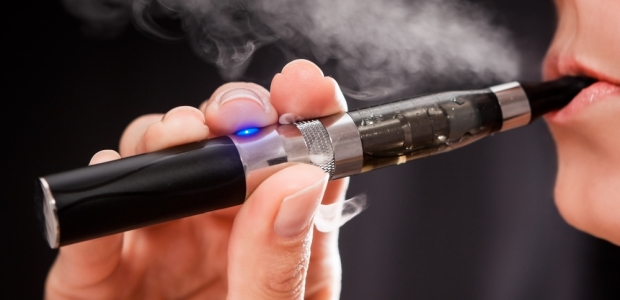
ICAO Bans E-Cigarettes in Checked Baggage
The amendment to the 2015-2016 edition of its Technical Instructions for the Safe Transport of Dangerous Goods by Air also prohibits recharging the devices in aircraft cabins.
The International Civil Aviation Organization this week amended the 2015-2016 edition of its Technical Instructions for the Safe Transport of Dangerous Goods by Air (ICAO Doc 9284) to prohibit passengers and crew from carrying e-cigarettes and other battery-powered portable electronic smoking devices in checked baggage. The amendment also bars recharging the devices in aircraft cabins.
"Several incidents have been reported involving e-cigarette heating elements being accidentally activated and resulting in fires in checked baggage," said Olumuyiwa Benard Aliu, president of ICAO's Council. "We had already recommended that our Member States take actions on these concerns late last year but, after a further review by our Dangerous Goods Panel, it was determined that a formal amendment to the ICAO Technical Instructions should also be undertaken."
The new ICAO requirement is contained in Addendum No. 1 to its Technical Instructions. It became applicable June 15 following its provisional approval by President Aliu in late May and final circulation to representatives of the Council, which is ICAO's governing body, and the Air Navigation Commission, its technical arm.
ICAO first advised its Member States of electronic smoking device safety issues in December 2014, when they were encouraged to recommend to airlines that passengers be required to carry such devices in the cabin and not in checked baggage, in order that potential incidents could be immediately dealt with.